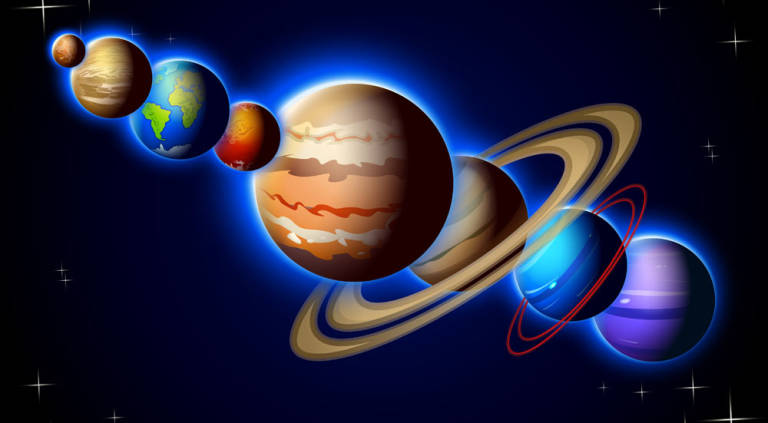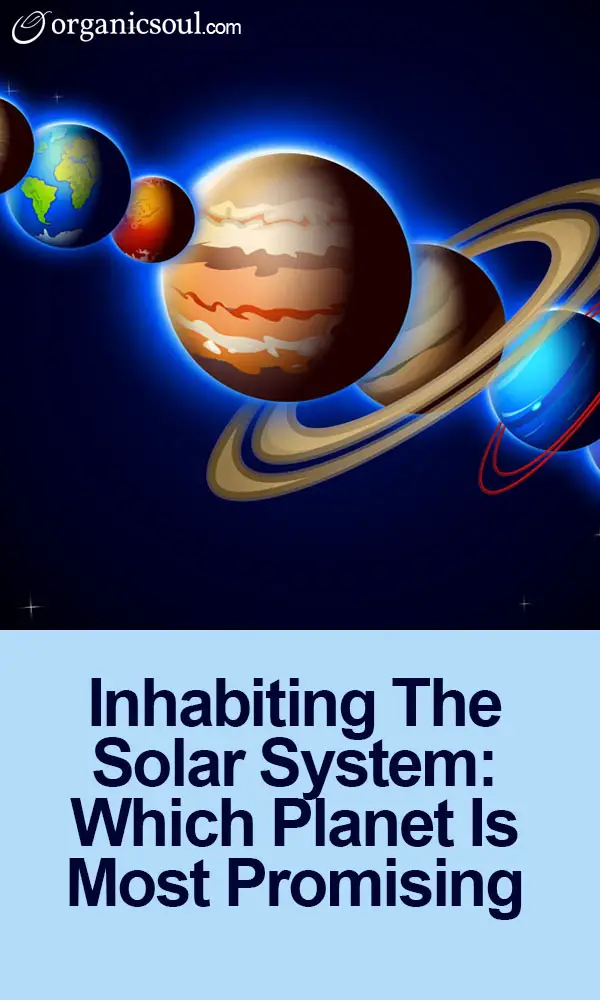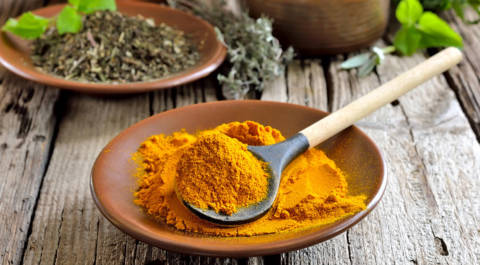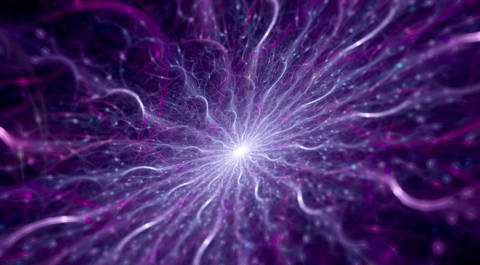
Our solar system consists of the Sun, eight planets (Mercury, Venus, Earth, Mars, Jupiter, Saturn, Uranus and Neptune), the asteroid belt, the Kuiper Belt, the Oort Cloud, and other matter. While we currently only identify Earth as a life-bearing planet, we can tell other planets (and even a moon) might challenge that idea.
Like Organic Soul on Facebook
Hypothetically, if we were to inhabit one of these celestial bodies, which would be most promising?
What About Venus?
Venus, the second planet closest to the Sun has been dubbed as “Earth's twin” because of its similar size. Earth's diameter is 7926 miles, and Venus' diameter is 7257 miles! Compared to Mercury's diameter of 3031 miles, and Jupiter's diameter of 88,726 miles, Venus and Earth's sizes are about the same.
Unfortunately for us, Venus is the hottest planet in our solar system. It's atmosphere is about one-hundred times denser than our 60-mile high atmosphere, and is mainly composed of carbon dioxide. Venus is hotter than Mercury, the closest planet to the Sun, because of this atmosphere and the greenhouse effect. The greenhouse effect occurs when the level of carbon dioxide (among other gasses) in the atmosphere heats the planet up, and distributes the heat, thus causing the surface temperature to increase. Transforming Venus into a more habitable planet doesn't seem very likely, and temperature is one of the main reasons why.
So… Mars?
On the other hand, the fourth-closest planet to the Sun, Mars, may be a different story. Mars is about half the size of Earth; it is approximately 4220 miles in diameter. Opposite to Venus, the atmosphere on Mars is one one-hundredth the density of ours. The temperature on Mars ranges from 60 degrees Fahrenheit to -170 degrees Fahrenheit. A reason for the dramatic temperatures is its thin atmosphere—it’s hard to keep and distribute heat.
Back in the day, Mars had liquid water. Some evidence of this includes the melted ice caps at the poles, the channels that were probably made by liquid water, and the presence of the form of iron oxide (what Mars' surface is composed of) called hematite which is only present in standing water. Mars used to be warmer and had a thicker atmosphere. Mars was a pretty nice place for potential organisms; so what happened?
Since Mars is about half the size of earth and farther from the Sun, it does not get as much insolation (sun's heat) as we do. A majority of any type of gas that it holds down in its atmosphere usually ends up getting lost into space because the planet is too small to keep a thick atmosphere. Another consequence of its size is losing its internal heat. The core of the planet Mars used to be hot like ours, but since it's small, the heat has cooled, which is another reason why liquid water does not exist anymore – it's simply too cold. And since the core of the planet has cooled, Mars' magnetic field has basically gone away. Without a magnetic field, damaging high-energy waves could be fatal to any type of life.
If nothing else, maybe Mars would make an interesting solar power farm in the distant future.
An assumption
But let's assume that we can somehow terraform Mars: we'd start by giving it an atmosphere. To do this, we could try putting plants on the planet and letting them excrete oxygen into the thin atmosphere. After years, a thicker atmosphere may transform Mars into a more-habitable area (assuming we can keep the plants alive).
There is a possibility that this can happen, but in the long-term, gravity (smaller matter, less gravity) will reduce the atmosphere into barely anything once again. This would clearly be a costly, long-term commitment. But, before we completely throw out the idea of life on Mars, scientists need do more research and hopefully come to a conclusion on the subject.
















